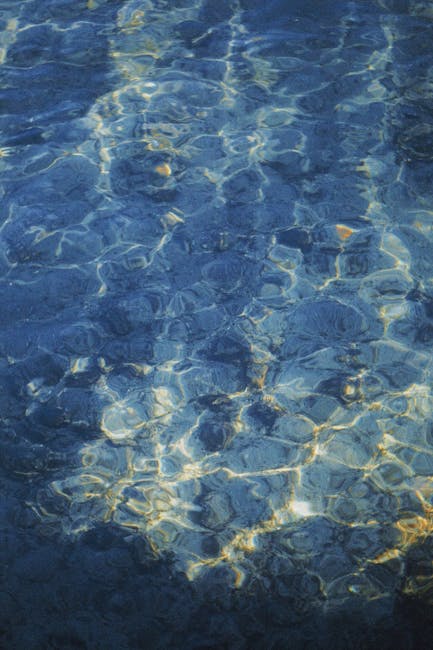
Why Some Fish Sleep in Bubble Nests
Why Some Fish Sleep in Bubble Nests
The Enchanting World of Bubble Nests
In the tranquil waters of tropical aquariums and slow-moving streams, a fascinating phenomenon unfolds as certain species of fish prepare for their nightly rest. Unlike humans who seek the comfort of soft pillows, some fish create delicate, foamy structures known as bubble nests at the water’s surface. These nests, meticulously crafted from saliva-coated air bubbles, serve as more than just sleeping quarters—they are marvels of natural engineering and instinctual behavior.
The Architects of the Aquatic World
Among the most famous bubble nest builders are betta fish (Betta splendens), also known as Siamese fighting fish. Male bettas take on the role of architects, using their mouths to blow bubbles that cluster together into floating rafts. The bubbles are stabilized by a sticky mucus secreted from their mouths, ensuring the nest remains intact even under gentle water movements. While these nests are often associated with reproduction—providing a safe haven for eggs and fry—they also double as resting spots for the fish themselves.
A Safe Haven for Slumber
Sleeping in a bubble nest offers several advantages. For one, the nest keeps the fish near the water’s surface, where oxygen levels are higher—a crucial benefit for species like bettas that rely on atmospheric air to supplement their gill breathing. Additionally, the nest acts as a protective barrier, shielding the fish from potential predators lurking below. The buoyant structure allows the fish to remain suspended with minimal effort, conserving energy while they rest.
The Role of Instinct and Environment
Bubble nest building is deeply ingrained in the behavior of certain labyrinth fish, a group that includes bettas and gouramis. Even in captivity, where threats are minimal, these fish continue to construct nests, driven by instinct. Environmental factors such as warm water temperatures, calm surroundings, and high humidity can stimulate nest-building activity, reflecting the fish’s adaptation to their natural habitats in shallow, stagnant waters.
A Glimpse into Nature’s Ingenuity
The sight of a fish nestled within its self-made bubble raft is a testament to nature’s creativity. These structures highlight the delicate balance between survival and instinct, offering both protection and physiological benefits. For aquarium enthusiasts, observing this behavior provides a deeper appreciation for the intelligence and adaptability of these aquatic creatures.
Next time you spot a cluster of bubbles at the water’s surface, take a moment to admire the unseen labor of a tiny architect—one whose bedtime ritual is as intricate as it is essential.







